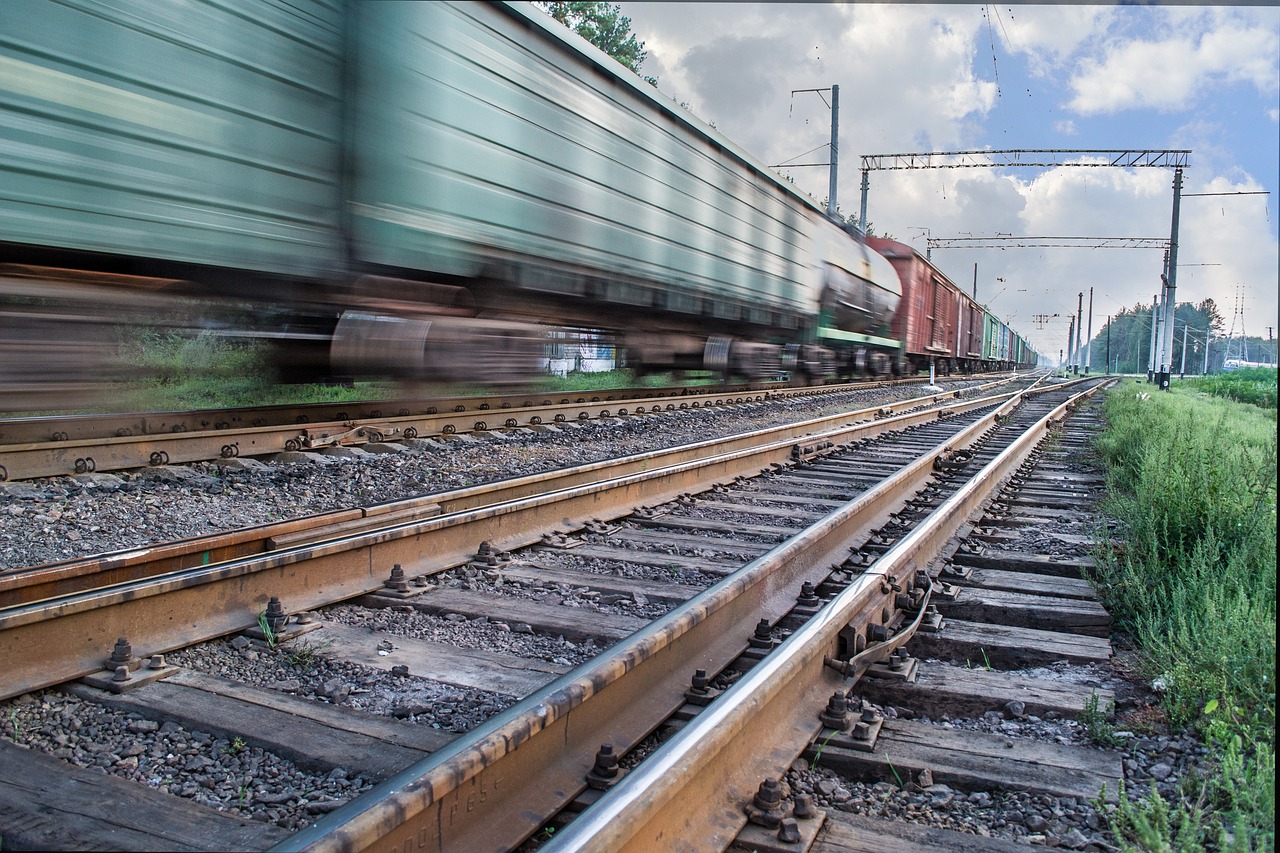The MagRail technology, developed by a Polish company, allows existing railway infrastructure to accommodate levitating trains, potentially increasing speeds up to 550 km/h. This advancement could make rail transport competitive with air travel. Widespread adoption of this alternative could reduce CO2 emissions by up to 41 million tons annually. Additionally, the company is developing autonomous railways, with two contracts for implementation likely to be signed later this year.
Maglev, or levitating train technology, has already been successfully developed in countries like Japan and China, allowing trains to achieve very high speeds. The record was previously held by the Japanese, who reached 603 km/h, but this spring, the Chinese Maglev T-Flight reached 623 km/h in tests. Chinese engineers aim to achieve speeds of 1,000 km/h, which is 100 km/h faster than the average speed of airplanes.
“Inspired by maglev technology, we created the MagRail system, which combines levitating and conventional railways. By equipping existing tracks with a linear motor and building new, lighter vehicles, MagRail technology offers levitating rail within the existing railway infrastructure, utilizing existing city center stations and corridors,” explains Michał Litwin, Director of Public Affairs at Nevomo, in an interview with Newseria Innowacje.
In September 2023, Nevomo conducted the first tests of its technology in the Podkarpackie province. The vehicle reached a speed of 135 km/h using levitation. The 2-ton, 6-meter-long vehicle began to levitate at about 70 km/h and accelerated to 100 km/h in 11 seconds.
“With our technology, it will be possible to increase the capacity and speed on lines where trains currently operate at 300 km/h in Europe. MagRail technology could achieve speeds of up to 550 km/h. This radical acceleration creates a genuine opportunity for rail to compete with regional air transport, which is responsible for a significant portion of CO2 emissions. Europe wants to move towards climate neutrality,” says Michał Litwin.
According to the “Elevating rail in Europe: technology upgrades for greener transport” report by Oliver Wyman analysts, a maglev system in Europe could increase overall rail line capacity by 30–40%. If lightweight, high-speed vehicles were used, efficiency could increase by 55–65%. Switching from air to high-speed rail transport could reduce CO2 emissions by 26–41 million tons annually.
“If our technology, at the same speeds as conventional rail, say 300 km/h, emits less CO2 due to magnetic levitation’s lower resistance, at speeds of 550 km/h, we would naturally use more energy. However, it is more reasonable to compare it to air transport. The world will need new means of transport; everyone wants to travel long distances quickly, but aviation is not always the optimal mode, especially in times of environmental concern. Today’s political decisions aim to reduce CO2 emissions, and aviation can only be optimized. Aircraft engines can be a few percent more economical, but this is not a significant reduction in emissions and never will be,” emphasizes the expert.
The report’s authors also highlight the cost aspect. Modernizing railway lines and rolling stock to meet the needs of passive magnetic levitation technology would be up to three times cheaper than investing in conventional high-speed rail infrastructure.
Innovation in European transport is accelerating, driven by EU climate policy and geopolitical issues. “We want to focus on green transport, innovation, European start-ups, and European technologies to keep pace with the world, ensuring we don’t fall behind China and the USA. This project could become strategic. New-generation rail transport is an area where Europe historically has excellent know-how, a strong engineering base, and experience, along with a great rail network that can be upgraded. This could be Europe’s specialization and contribution to the development of global future transport. It would be naive to assume that transport will look the same in 20, 30, or 40 years,” says Michał Litwin.
Developing this project will take several years, with the company preliminarily aiming for market readiness around 2030.
Levitating rail is not the only direction for sector development. Autonomous rail is another focus. MarketsandMarkets analysts predict that the global autonomous train market will grow from $8.3 billion in 2022 to $12.3 billion in 2030. Demographic changes, causing labor shortages in the rail industry, are a driving factor. Nevomo is working on the MagRail Booster technology in this area.
“The best use cases for this technology could be enclosed infrastructure facilities like ports, terminals, large factories with internal logistics, and similar facilities. In rail transport, these operations, like pushing a single wagon, hiring a shunting locomotive, and coupling, incur costs and time. With autonomous systems, which we have already developed and fully tested, it works perfectly. On our test track in Nowa Sarzyna, such a wagon ran on the track without a locomotive at the push of a button,” says the expert.
Autonomous trains are already being tested in Hamburg and on a metro line in Copenhagen. The French company Alstom is building metro vehicles for Madras, India, serving 11 million residents, and by 2029, such trains are expected to operate on the Copenhagen City Rail. The Polish company also has its technologies at an advanced stage of development.
“MagRail Booster is a ready technology. This year, our goal is to sign the first commercial agreements to start implementation, with deployment planned for next year. We expect to sign one or two contracts this year,” announces Michał Litwin.
